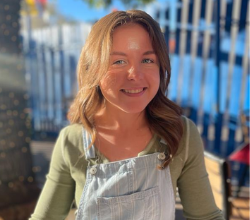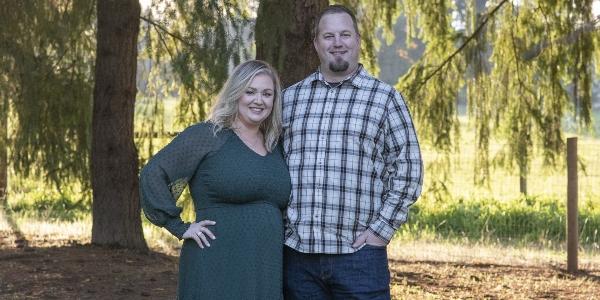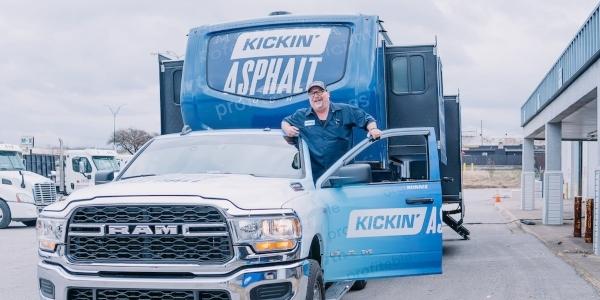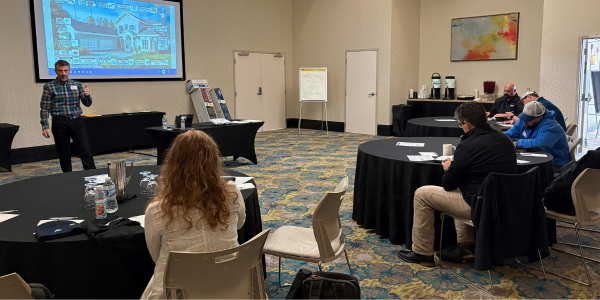Learn the Fundamentals of EPDM Roofing in Just 20 Minutes!
October 27, 2023 at 9:00 a.m.By Evelyn Witterholt.
In our latest Lunch & Learn, you’ll learn the benefits and installation practices of EPDM roofing.
In a recent episode of our Lunch & Learn series, we speak with Curt Friedholdt, EPDM project manager at Johns Manville, about the history of EPDM roofing and what all its benefits are.
Ethylene, propylene, diene and a tripolymer are the four main components that make up EPDM roofing systems. Although the ‘M’ used to stand for monomer, Curt tells us that the industry uses a tripolymer instead so that there’s three polymers instead of just one. In the webinar, Curt breaks down how EPDM roofing has evolved throughout the history of the roofing industry.
“EPDM is rubber. It's not actually rubber from a rubber tree, it's actually a synthetic rubber. And it was developed along the World War II timeframe, when resources were tight,” he said. “They were always looking for alternatives to what was mostly built-up roofing at the time, so layers and layers of asphalt. And so, EPDM was an alternative for that.”
One of the most important fundamentals to know about EPDM roofing is the mixing process and formulation, both of which Curt breaks down. When the EPDM polymer is produced, they add processing oils, additives and fire retardants so that it doesn’t burn. The last important component is the carbon black, which gives EPDM roofing its signature black look.
“You have your EPDM polymer that's actually clear, it's not black like people think,” Curt said. “Carbon black is what makes it black. Carbon black is also an incredibly UV resistant material, so it's really one of the primary factors that keeps EPDM going and going for many, many years.”
Check out the entire Lunch & Learn to become an EPDM roofing pro!
Learn more about Johns Manville in their Coffee Shop Directory or visit www.jm.com.

About Evelyn
Evelyn works as a writer for RoofersCoffeeShop, MetalCoffeeShop and AskARoofer. When she isn’t writing about roofing, she’s either at the gym lifting weights or curled up on the couch watching a movie.





















Comments
Leave a Reply
Have an account? Login to leave a comment!
Sign In